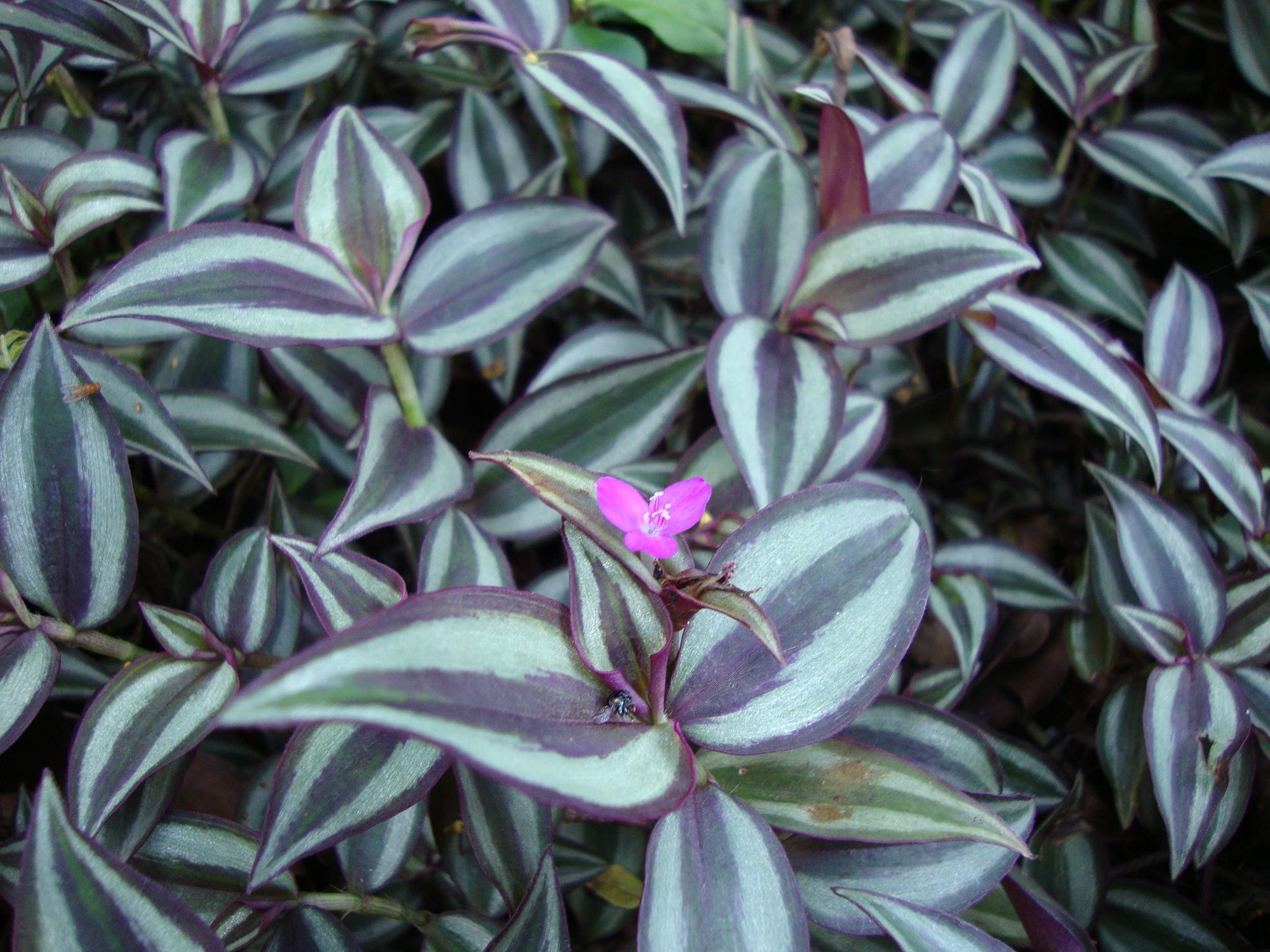Zebrina
(Zebrina)

Description
Calathea Zebrina: A Guide to this Stunning Tropical Plant Calathea zebrina, also known as Zebra Plant, is a popular species of Calathea, a genus of tropical plants known for their unique foliage and vibrant colors. Native to the rainforests of South America, this plant has become a popular choice for indoor gardening due to its easy care requirements and beautiful appearance. In this article, we'll dive into the world of Calathea zebrina and learn all about this stunning tropical plant. Description: Calathea zebrina is a herbaceous perennial plant that grows to a height of 1-3 feet and a width of 1-2 feet. Its most distinctive feature is its long, narrow, green leaves with deep purple undersides and bold, contrasting white stripes on top. The leaves are oval-shaped, slightly ruffled and up to 8 inches long. The plant produces small, inconspicuous flowers in the form of inflorescences that grow above the foliage. Light and temperature: Calathea zebrina prefers bright, indirect light but can also tolerate low light conditions. It should not be exposed to direct sunlight, as this can scorch the leaves and cause them to fade. This plant is a tropical species, so it thrives in warm and humid conditions with temperatures between 65-80°F. Watering and humidity: Calathea zebrina is a moisture-loving plant and requires regular watering to keep the soil consistently moist. It is important to not allow the soil to dry out completely or become waterlogged, as this can lead to root rot. This plant prefers high humidity, so it is beneficial to mist the leaves regularly or place a humidifier nearby. Soil and fertilization: Calathea zebrina prefers a well-draining, peat-based potting mix with added perlite or sand. It is important to use a pot with drainage holes to allow excess water to escape and prevent root rot. This plant should be fertilized every 4-6 weeks during the growing season (spring to fall) with a balanced, water-soluble fertilizer. Pruning and propagation: Calathea zebrina does not require frequent pruning, but yellow or damaged leaves can be trimmed as needed to maintain its appearance. This plant can be propagated by division of its root ball or by rooting stem cuttings in water. Pests and diseases: Calathea zebrina is relatively resistant to pests and diseases, but it can be susceptible to spider mites and mealybugs. Regular inspections and prompt treatment with insecticidal soap can help keep these pests at bay. Overwatering or poorly draining soil can lead to root rot, so it is important to keep an eye on the plant's moisture levels and adjust as needed. In conclusion, Calathea zebrina is a stunning tropical plant that adds color and texture to any indoor garden. With its unique foliage and easy care requirements, it is no wonder that this species has become so popular among plant enthusiasts. Whether you are an experienced gardener or just starting out, Calathea zebrina is a beautiful addition to any indoor collection.
Taxonomic tree:







